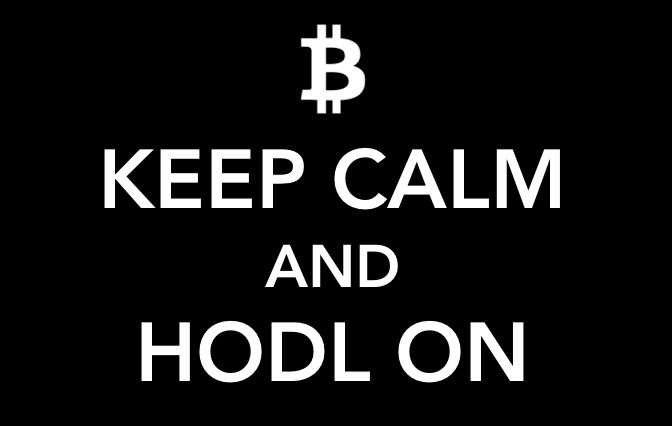Bitcoin is frequently described as being highly volatile – but how exactly does the digital currency measure up against the mainstream assets of shares and bonds?
Volatility is a measure of how much an asset’s price moves over a given period. It is a commonly used measure of risk. The larger the price movement, the greater the volatility.
Higher volatility isn’t always shunned. Those who want high-growth, long-term investments will typically invest in more volatile sectors, such as emerging markets and smaller companies – and short-term traders deliberately seek out volatile assets in order to capture gains over short periods.
Chris Beauchamp, chief market analyst at trading service IG, said: “Foreign currency tends to win the crown as the most volatile asset, but emerging markets are not far behind.
Source/More: The chart that shows how risky bitcoin is – compared to shares and bonds


















